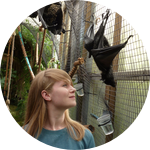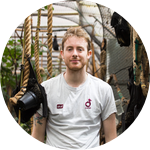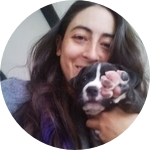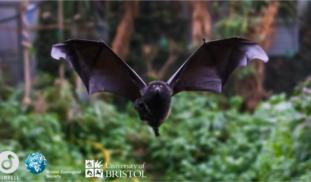252
0
4
References
- 1. Frankham, R., Ballou, J. D., & Briscoe, D. A. (2009). Introduction to Conservation Genetics. doi:10.1017/cbo9780511809002
- 2. Frankel, O. H. (1977). Natural Variation and Its Conservation. Genetic Diversity in Plants, 21–44. doi:10.1007/978-1-4684-2886-5_4
- 3. Frankham, R. (2005). Genetics and extinction. Biological Conservation, 126(2), 131–140. doi:10.1016/j.biocon.2005.05.002
- 4. Ralls, K., & Ballou, J. (1986). Captive breeding programs for populations with a small number of founders. Trends in Ecology & Evolution, 1(1), 19–22. doi:10.1016/0169-5347(86)90062-5
Please wait...
About This Project
Livingstone's fruit bats (Pteropus livingstonii) are one of the rarest bats in the world, with only 1260 left in the wild. A captive breeding program of 71 individuals exists as a safeguard against extinction.
Funding would enable the vital investigation of relatedness in captive bats, allowing for the prevention of inbreeding, the assessment of hereditary diseases, the comparison of wild and captive genetics and ensure the continued success of the captive breeding program.

Browse Other Projects on Experiment
Related Projects
Using eDNA to examine protected California species in streams at Hastings Reserve
Hastings Reserve is home to three streams that provide critical habitat for sensitive native species. Through...
City smart: Are cities making birds smarter?
One cannot go to Florida and miss the White Ibises roaming golf, park and private lawns. But how does a...
How do polar bears stay healthy on the world's worst diet?
Polar bears survive almost entirely on seal fat. Yet unlike humans who eat high-fat diets, polar bears never...





